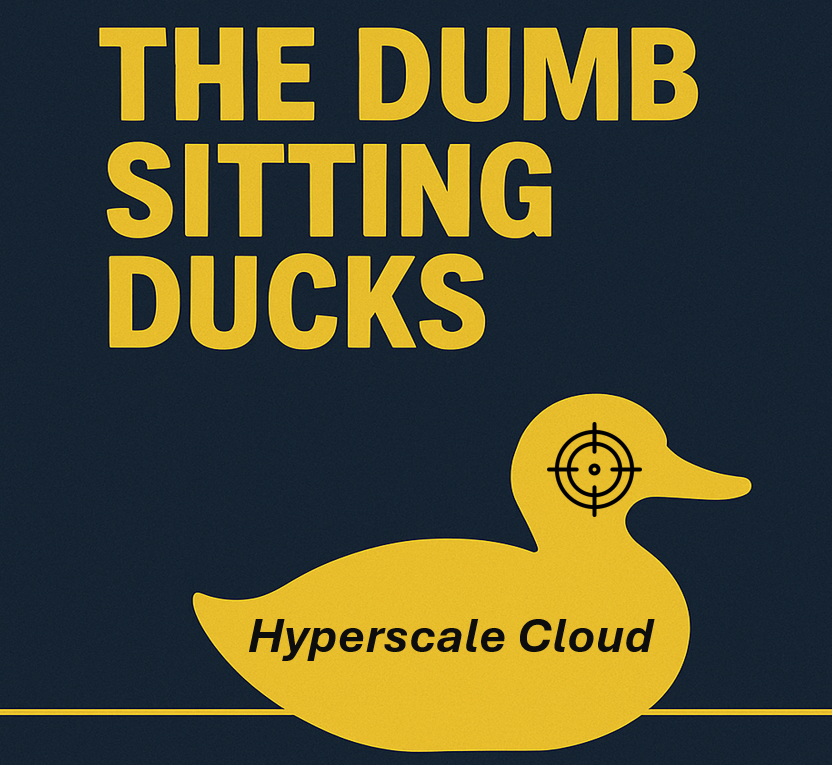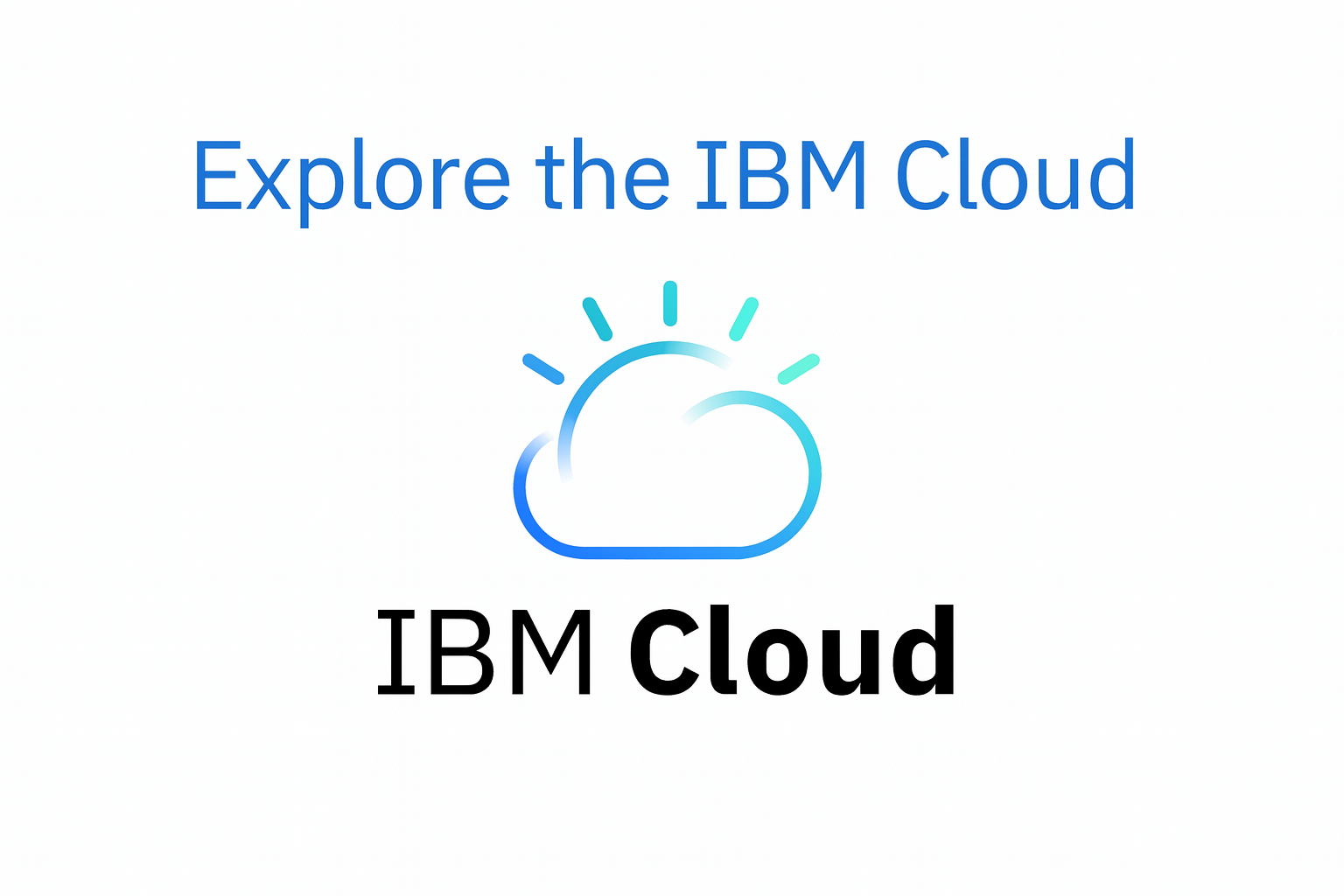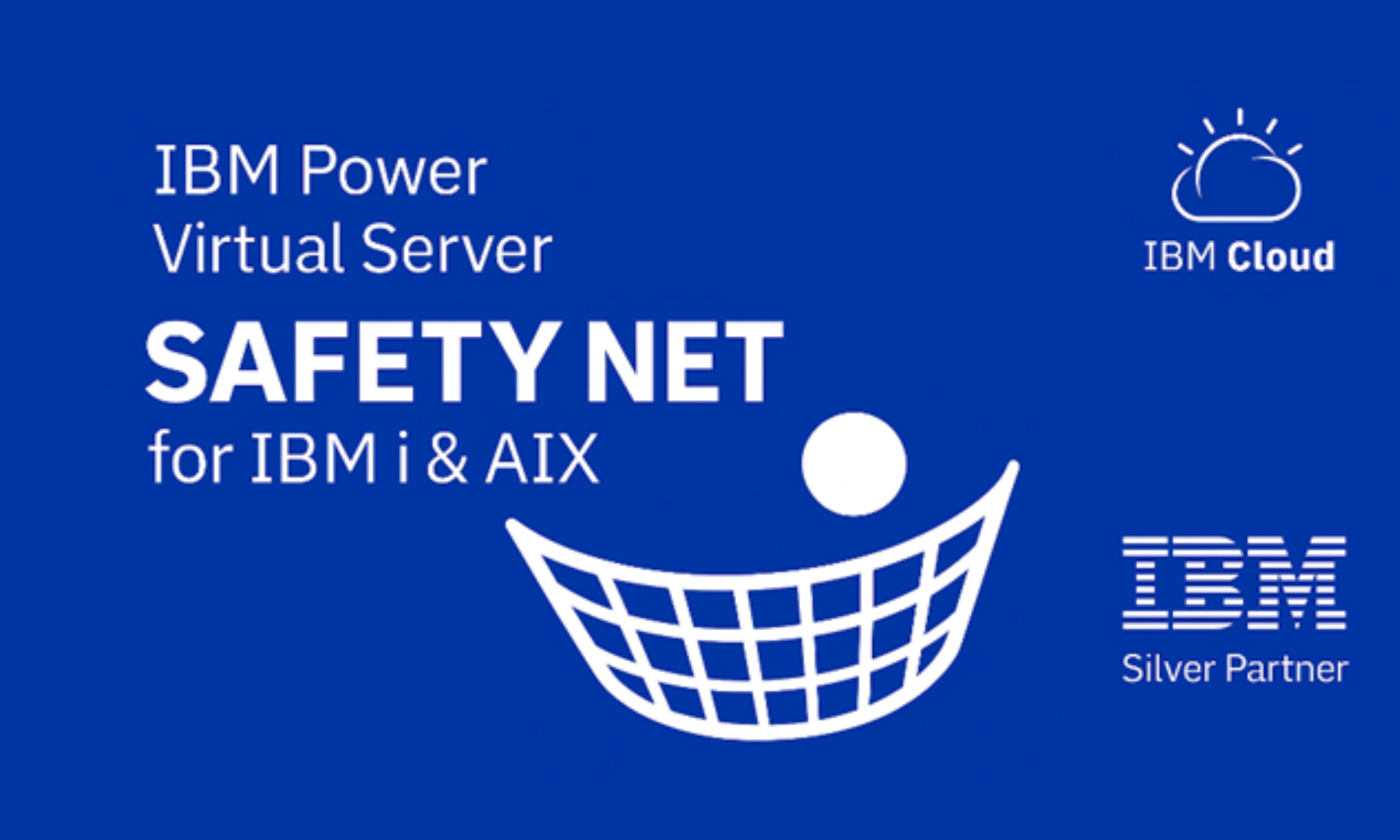Hyperscale Clouds - The Dumb Sitting Ducks
2 November 2025 - 3 Minute Read
It’s time we talk frankly about the systemic risk inherent in our global digital backbone. Specifically, how three hyperscale cloud providers dominating the world’s IT infrastructure amount to nothing less than a sitting-duck scenario for major economies.

Let’s look at recent warning signs:
- On 20 October 2025, AWS suffered a massive outage tied to a DNS failure that cascaded through thousands of applications, databases, virtual machines and websites.
- Just nine days later, on 29 October, Azure, via its Azure Front Door (AFD) service suffered a configuration change that triggered global service disruption.
These events are just fodder for IT teams and cloud architects, but the threat is much bigger.
Imagine if a rogue state, malign actor or major cyber-kinetic event managed to take one of the hyperscale clouds completely offline for a sustained period.
The consequences wouldn’t just ripple through the tech industry. They would stop the world.
• Supply chains would collapse because firms couldn’t pay suppliers, couldn’t access finance, couldn’t authenticate services.
• Large parts of commerce would grind to a halt – imagine banks, utilities, transport systems, manufacturing all reliant on the same cloud estates being unable to access compute/storage or even DNS to find their own services.
• The financial damage could dwarf the 2008 banking crisis. Not because of finance alone, but because every business is now a digital business.
At Baby Blue IT & Consulting we believe this risk is not theoretical, it’s practical, imminent and massively under-regulated.
That’s why we recently gave input to the UK Government, advocating:
- Legislation to ensure no Government function or large company operating in the UK has more than 25% of its production infrastructure hosted in any single cloud provider.
- For resilience, mandated cross-connectivity between other cloud providers and on-premise solutions, to avoid over-concentration.
- Required board-signed, publicly-published statements of minimum resilience thresholds and infrastructure percentage split across providers and on-premise. (The names of providers can be redacted; but the split, the test regime and the sign-off cannot.)
- Periodic legal-mandated resilience testing of the solution to ensure it can sustain critical infrastructure operations, including paying suppliers, even under “one cloud provider down” scenario.
In short: we must stop being the dumb, stupid sitting ducks. The world cannot afford to leave its digital lifeline riding on three silos that might all bend in a hostile wind.
If your company or board hasn’t yet asked: “What happens if our main cloud provider disappears for 48 hours?” then you are already exposed.
At Baby Blue, our consultants are ready to advise UK organisations on cloud diversification strategies, legacy on-premise integration, and procurement/contract resilience.
Let’s talk about how to stop your business, and the economy, from freezing in place.
#CloudRisk #DigitalResilience #SupplyChainRisk #ITStrategy #BabyBlueIT #CloudDiversification #UKBusiness #Governance
About the Author

Lee Bailey
Lee Bailey brings 30 years of experience in the IBM services industry, beginning his career in engineering before transitioning into sales and ultimately sales leadership. A qualified Chartered Director (CDir), Lee has served as a Board Member, Director, and Board Advisor for multiple IT services businesses. As the founder of Baby Blue IT & Consulting, he is assembling a team of industry experts focused on IT services and business growth, leveraging his extensive expertise to drive innovation and value for clients.
LinkedIn





